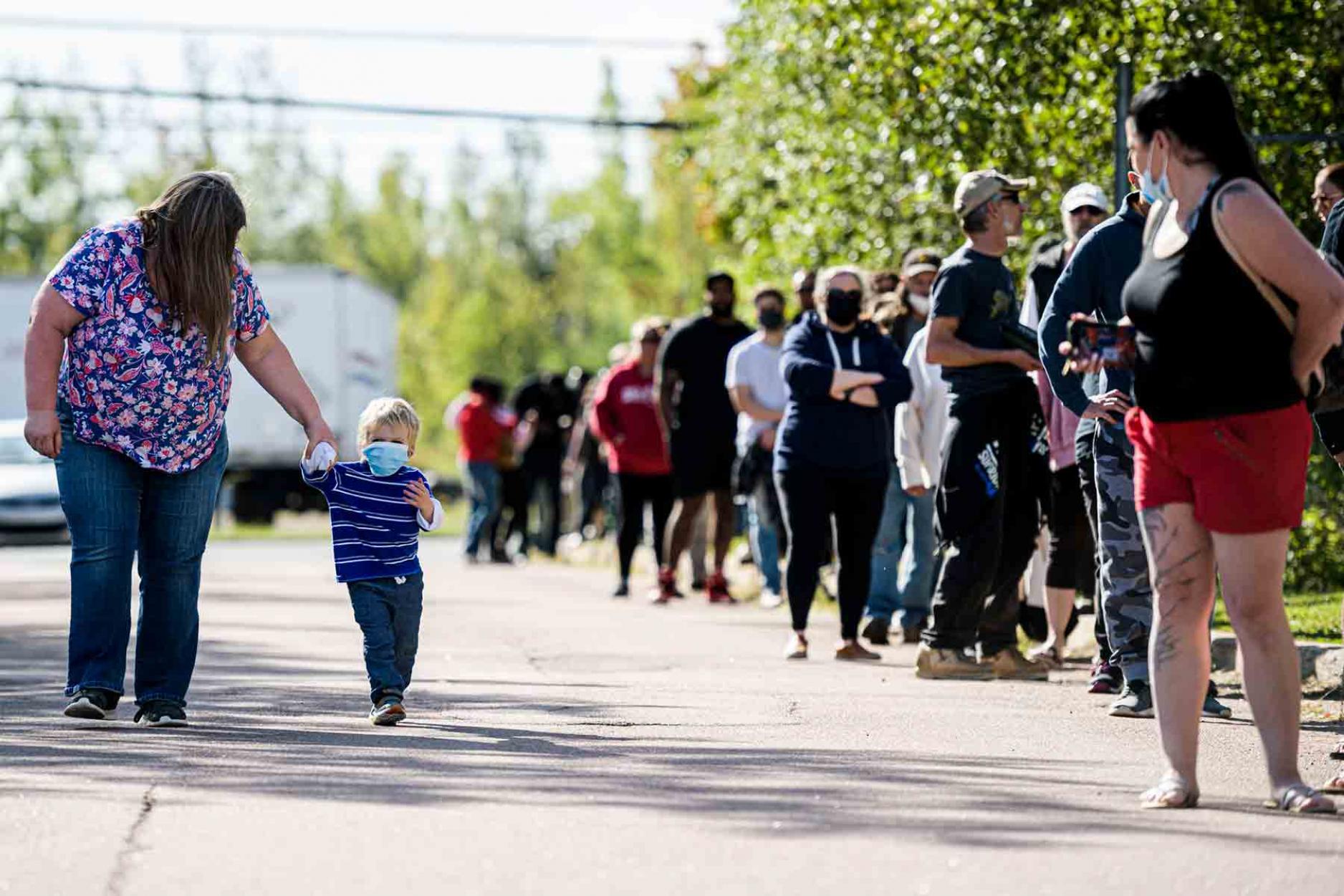And now, back to your regularly scheduled pandemic programming...
On Wednesday, proof-of-vaccination requirements went into effect at non-essential businesses in Ontario and New Brunswick. Most other provinces have similar rules in place or soon to begin; on Tuesday, Prince Edward Island become the latest to join the bandwagon, announcing vaccination passports will be necessary to enter places from sporting events to restaurants as of Oct. 5.
At the same time, a growing number of places of work and study have introduced vaccine mandates – covering many health workers, staff and students at multiple universities, and a long list of corporations, including the Big Five banks and the two largest airlines.

Also acting as a powerful encouragement to get your shots: Alberta’s record-setting fourth wave. Intensive care units have been swamped with critically ill people – most under the age of 60, and nearly all unvaccinated.
But good news: All of these nudges are having an impact. For the first time since May, the number of Canadians coming forward to get a first dose is rising, not falling.
A higher vaccination rate isn’t the only thing needed to prevent the Alberta situation from repeating itself in other parts of the country. But it is probably the single most important thing.
Today, more than 86 per cent of eligible Canadians, those aged 12 years and over, have received at least one shot, and more than 79 per cent have received a second shot.
But that still leaves about 4.5 million eligible Canadians who are entirely unvaccinated, plus another 2.3 million who are only partly inoculated.
That’s a lot of pandemic kindling. The low-hanging fruit should be getting second shots to those with one shot – though a glance at the data suggests around 1 million of those people got their first shot more than four weeks ago, making them overdue for their second jab.
The harder job will be getting hundreds of thousands of Canadians their first shot. It will take all of the above nudges, plus persuasion, understanding and above just basic accessibility.
We all remember the overwhelming desire for vaccines when supplies finally became available in large quantities last spring. Canadians became frantic contestants in the The Amazing Vaccine Race. The early delays in deliveries from overseas, which for months put Canada far behind the United States in vaccine availability, had the unintended benefit of leading to pumped-up demand. By early summer, the percentage of Canadians with at least a first shot had passed the U.S., and most of the world.
And then, the number of willing arms began to fall – precipitously. By early August, with around one in five Canadians aged 12 still entirely unvaccinated, the daily average of first shots had plunged to less than 28,000 a day, according to the COVID-19 Vaccination Tracker website. The share of Canadians with a first shot was rising at a rate of about 0.6 per cent a week, and even that snail’s pace was slowing.
That put far out of reach the goal of at least 90 per cent vaccine coverage – which this page embraced early on and which many leading federal and provincial public health officials have now explicitly adopted. A perpetually slowing shot rate put Canada on track to get to 90-per-cent coverage sometime in the late fall, or next year – or, maybe, never.
But all the latest nudges are having an impact. As of Sept. 21, the seven-day average of first shots had risen to nearly 51,000 a day.
And some provinces have been doing better than others at ramping up vaccinations. Leading the pack? Alberta.
In the first seven days of September, the province with the country’s second-lowest vaccination level administered barely 3,000 first shots a day. The Premier Jason Kenney admitted that Alberta was drowning, and announced a sort-of vaccine passport and other measures to try to stave off disaster. On Sept. 16, nearly 17,000 Albertans came forward to get their first shot. The next day, more than 17,000 did. Nearly 18,000 people got a first shot over the weekend, and more than 14,000 on Monday.
Keep it up, Canada. Progress is still too slow, but the vaccination campaign is at least moving again, and picking up speed. And now that the election is over, a message for Ottawa: Help.







Comments